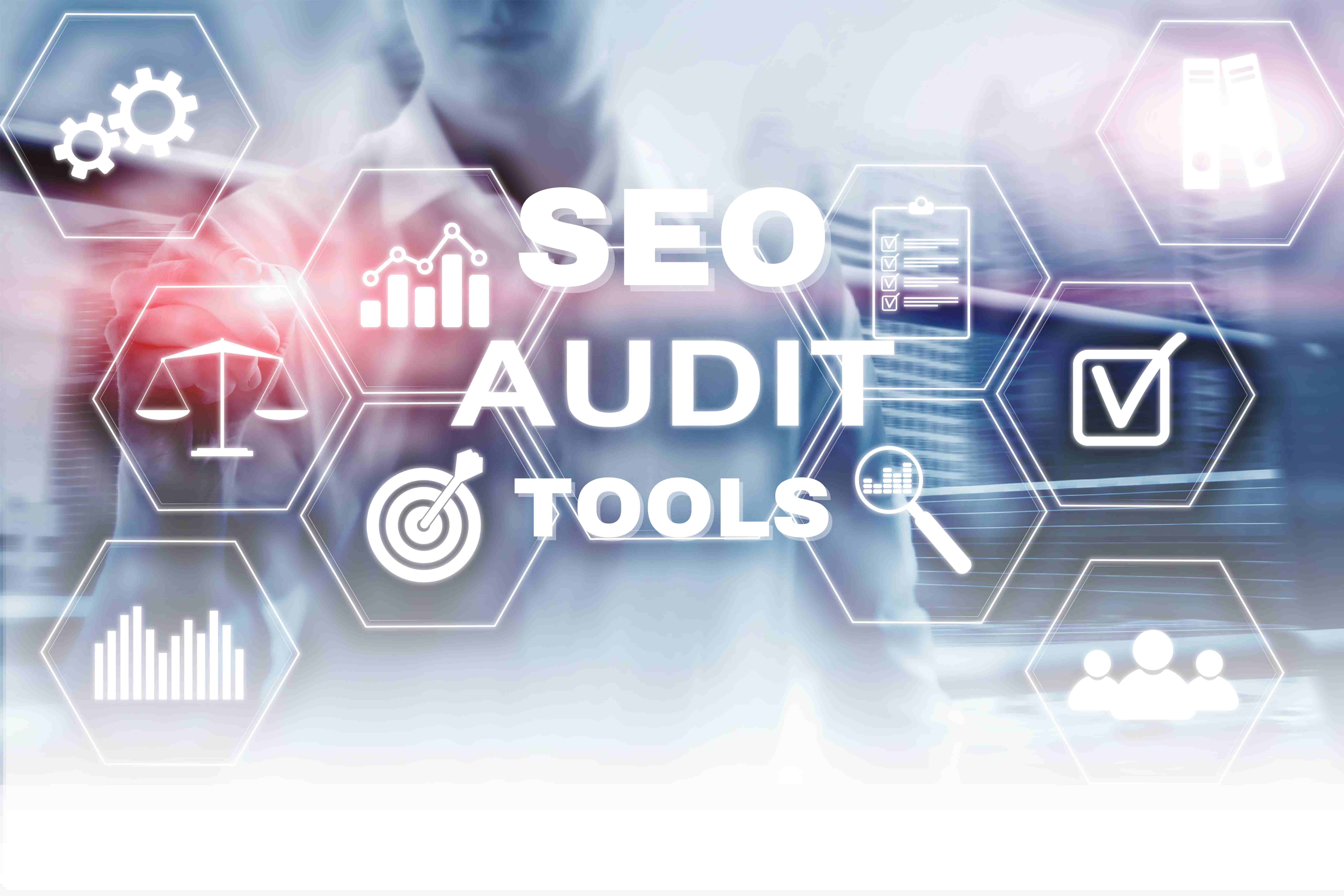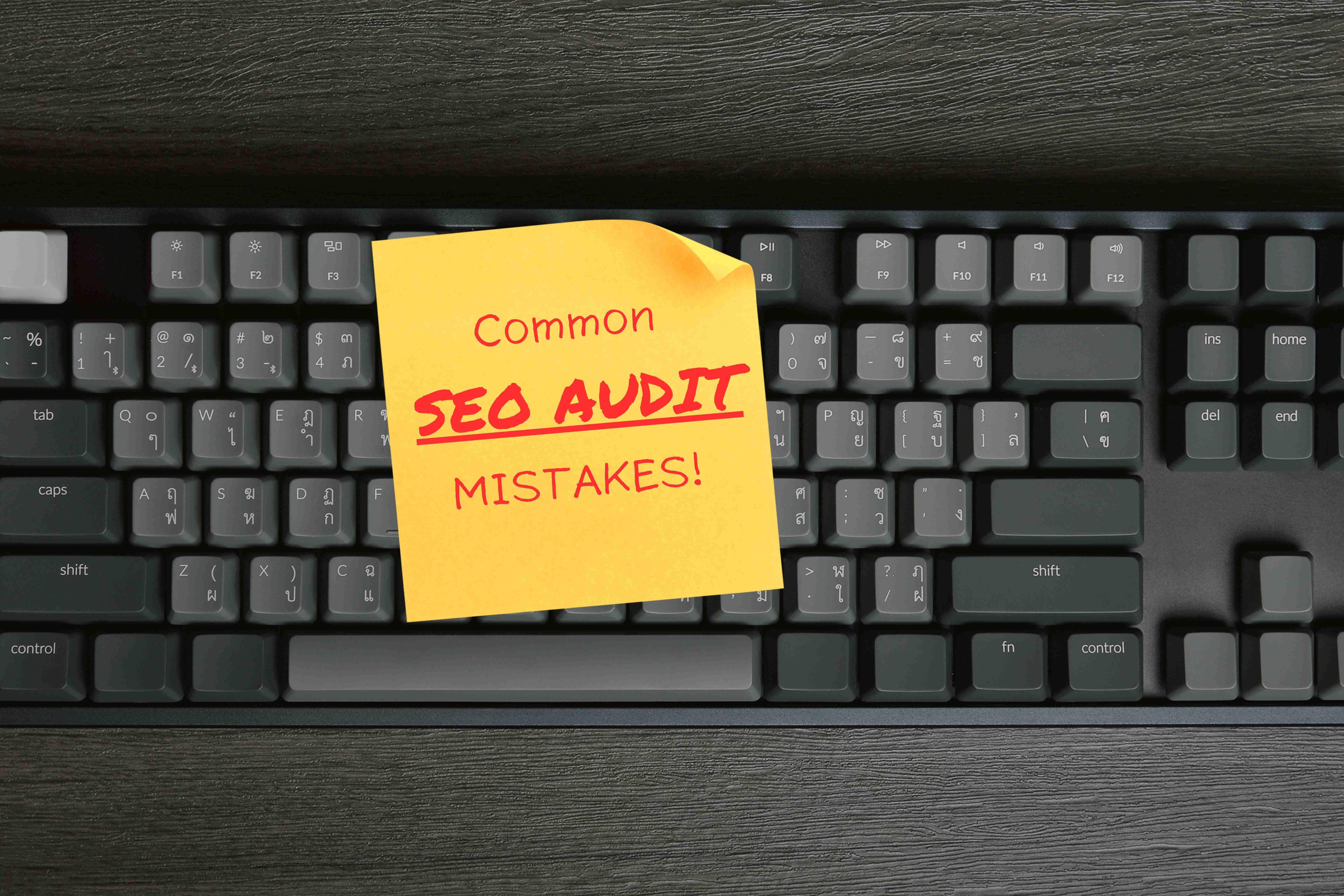Table of Contents
- Introduction
- What is the URL Inspection Tool?
- Why Use the URL Inspection Tool?
- How to Use the URL Inspection Tool
- Common Issues and How to Resolve Them
- Actionable Tips for Maximizing SEO Insights
- Latest SEO Trends Related to URL Inspection
- Conclusion
- About Don Hesh SEO
Introduction
For business owners aiming to enhance their online store’s visibility and drive more organic traffic, leveraging Google’s URL Inspection Tool is an essential step. This tool provides valuable insights into how Google views and interacts with your site’s URLs, helping you diagnose and fix issues that could impact your SEO performance. This guide will walk you through how to use the URL Inspection Tool effectively and highlight the latest SEO trends relevant to URL inspection.
What is the URL Inspection Tool?
The URL Inspection Tool is a feature within Google Search Console that allows you to check individual URLs on your website. It provides information on how Google crawls, renders, and indexes a page. The tool is invaluable for understanding how your content is processed and diagnosing any potential issues that may affect your site’s SEO.
Why Use the URL Inspection Tool?
Using the URL Inspection Tool offers several benefits:
- Diagnose Indexing Issues: Identify why a page may not be appearing in search results.
- Understand Crawl Behavior: See how Googlebot interacts with your page.
- Check Mobile Usability: Ensure that your pages are mobile-friendly.
- Monitor Changes: Track how changes to a page impact its indexing and ranking.
How to Use the URL Inspection Tool
Inspect a URL
- Access Google Search Console: Log in to your Google Search Console account.
- Navigate to the URL Inspection Tool: Click on the “URL Inspection” option from the menu.
- Enter the URL: Type the URL you want to inspect into the search bar and press Enter.
Understanding the Results
The URL Inspection Tool provides several key pieces of information:
- Indexing Status: Indicates whether the URL is indexed, and if not, why.
- Coverage Status: Shows if the URL is blocked by robots.txt or if there are crawl errors.
- Mobile Usability: Provides insights into how the page performs on mobile devices.
- Enhancements: Lists any enhancements like structured data that Google has detected.
Common Issues and How to Resolve Them
Crawl Issues
If Googlebot encounters problems crawling your page, it might be due to server errors or incorrect redirects. To resolve:
- Check Server Logs: Identify and fix server errors.
- Update Redirects: Ensure all redirects are correctly configured and lead to the intended destinations.
Indexing Issues
Pages might not be indexed due to issues such as noindex tags or canonical tags. To address:
- Remove Noindex Tags: Ensure important pages do not have a noindex tag.
- Correct Canonical Tags: Verify that canonical tags point to the correct URLs.
Mobile Usability Issues
If your page has mobile usability issues, it might affect your rankings. To fix:
- Responsive Design: Ensure your site uses a responsive design that adjusts to different screen sizes.
- Test Mobile Experience: Use tools like Google’s Mobile-Friendly Test to identify and fix mobile usability problems.
Actionable Tips for Maximizing SEO Insights
- Regularly Inspect URLs: Frequently use the tool to monitor key pages and catch issues early.
- Prioritize Mobile Usability: Focus on ensuring a smooth mobile experience as mobile-first indexing becomes more prevalent.
- Monitor Changes: After making updates to your site, re-inspect URLs to verify the changes are properly implemented.
- Use Data for Optimization: Leverage the insights from the tool to make data-driven decisions about your SEO strategy.
Latest SEO Trends Related to URL Inspection
- Mobile-First Indexing: With Google’s shift to mobile-first indexing, ensuring your site performs well on mobile is crucial.
- Core Web Vitals: Pay attention to metrics related to page experience, such as loading speed and interactivity, as these affect SEO.
- AI and Machine Learning: Advanced algorithms and AI tools are increasingly influencing how Google interprets and ranks content.
Conclusion
Leveraging the URL Inspection Tool is a powerful way to gain insights into how Google interacts with your site’s pages. By regularly using this tool to diagnose and fix issues, you can enhance your SEO strategy, improve site visibility, and drive more organic traffic to your online store.
About Don Hesh SEO
Don Hesh SEO is a leading SEO consultant and Google Ads consultant dedicated to helping businesses enhance their online presence and drive organic traffic. Our expertise in AI-driven SEO strategies ensures that your business stays ahead of the competition. Partner with SEO Sydney to leverage the latest AI technologies and achieve your SEO goals efficiently and effectively.



